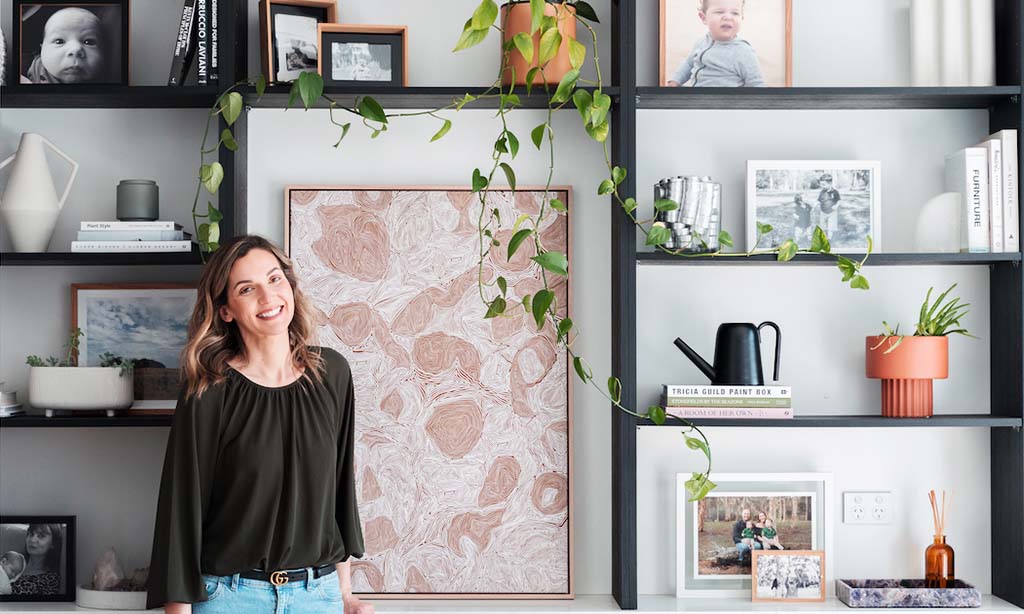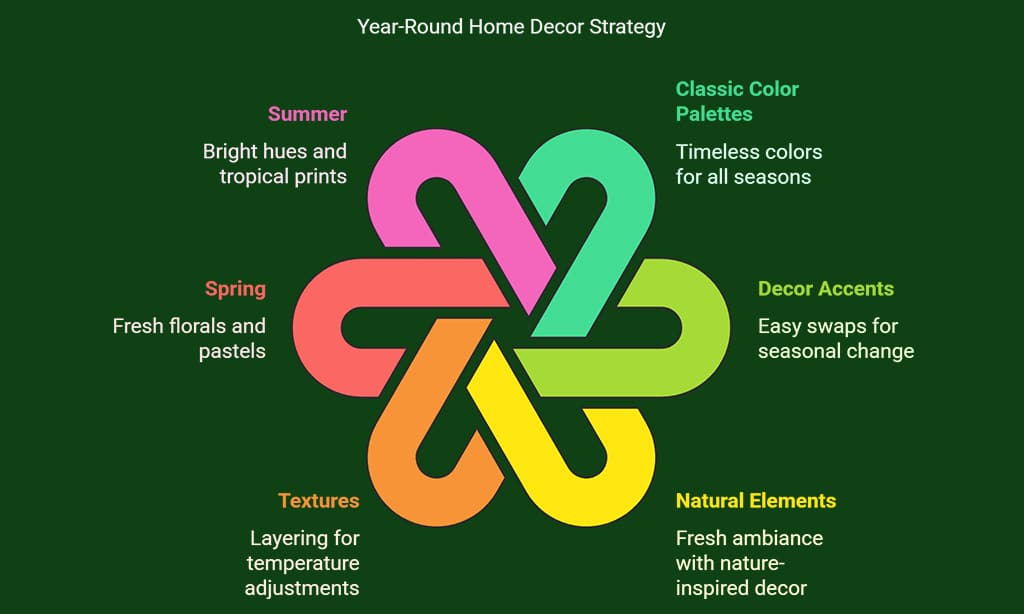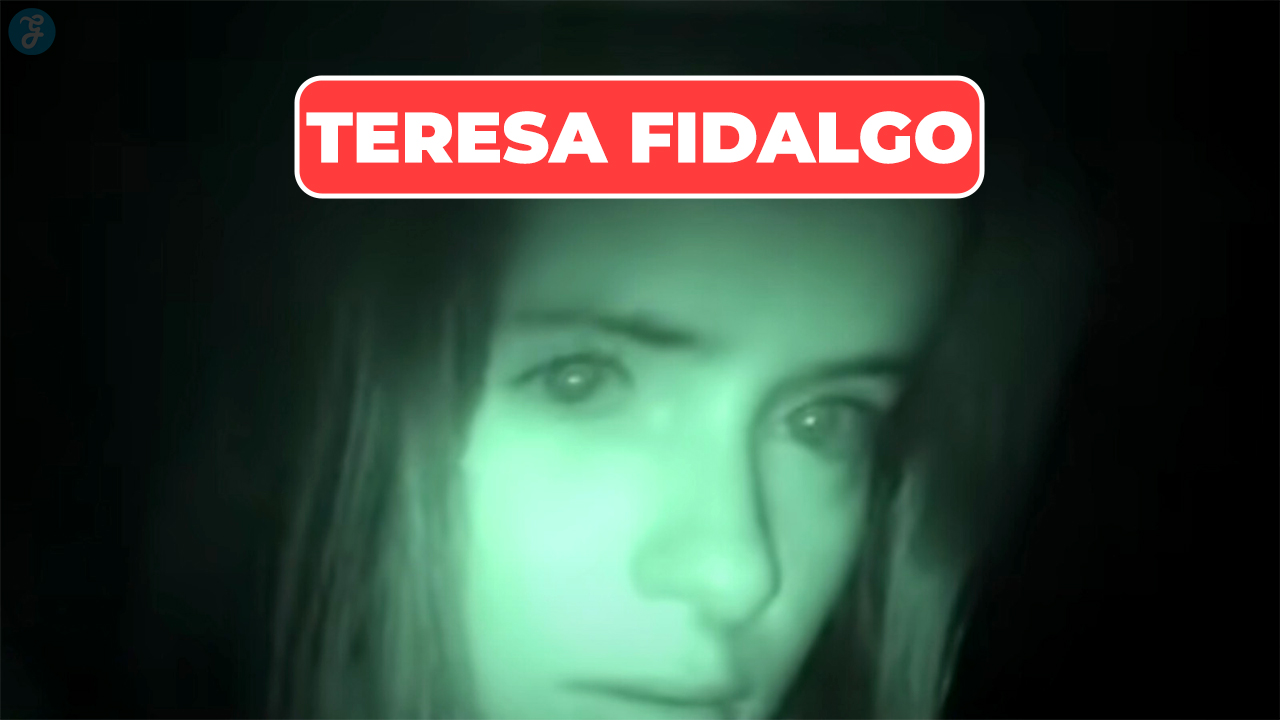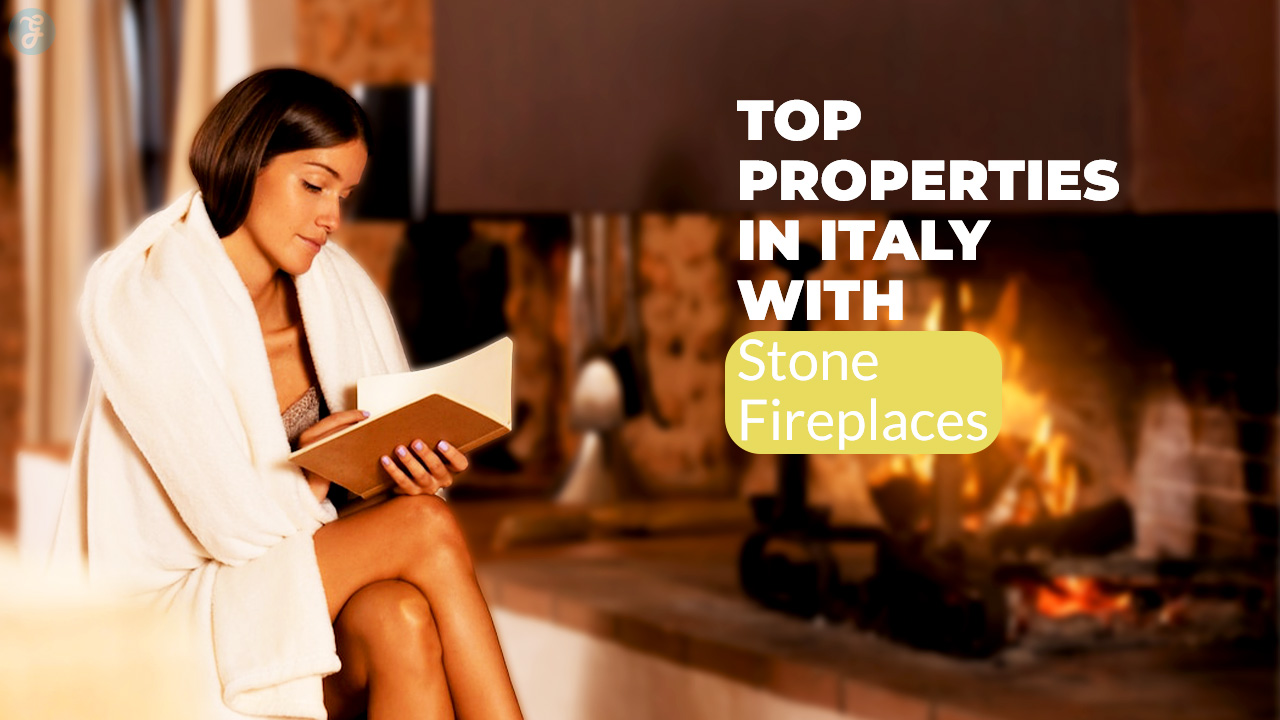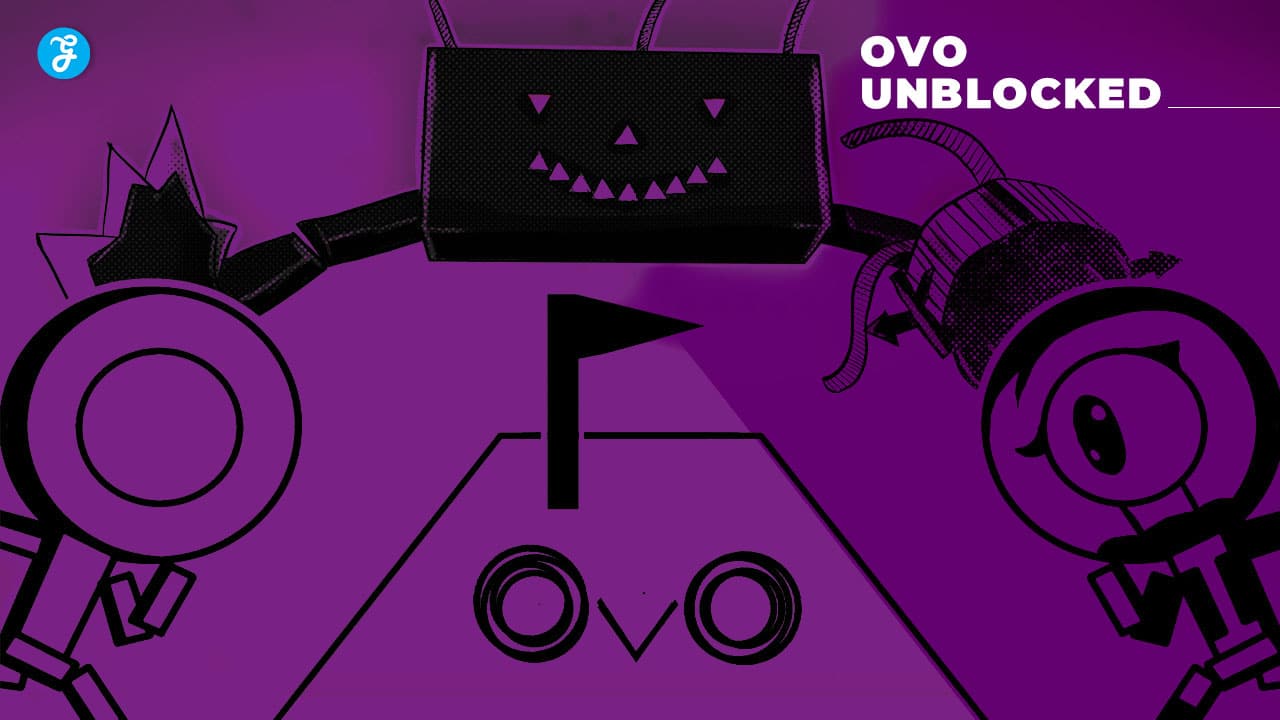Creating compelling content is essential for interior designers looking to establish a strong online presence. However, trends come and go, making it crucial to focus on content that remains relevant over time.
This is where evergreen content ideas for interior designers come into play. By crafting long-lasting, informative, and engaging content, designers can continuously attract potential clients, boost website traffic, and establish authority in the industry.
In this article, we explore 10 powerful evergreen content ideas for interior designers that can be leveraged across blogs, social media, and other digital platforms.
Whether you’re an established designer or just starting, these ideas will help maintain a steady stream of engagement and inquiries.
10 Evergreen Content Ideas for Interior Designers
Interior design trends may come and go, but some content ideas remain valuable year after year. If you’re an interior designer looking to build a strong online presence, creating evergreen content is a great way to attract and engage your audience. These content ideas provide timeless inspiration and practical tips that will always be relevant.
Whether you’re sharing expert advice, styling tips, or design philosophies, these topics will continue to resonate with homeowners, design enthusiasts, and potential clients.
1. Timeless Interior Design Principles
A great starting point for evergreen content is a detailed guide on timeless interior design principles. While trends change, fundamental design rules remain constant. Cover aspects like:
- The rule of thirds in furniture arrangement
- Importance of balance, harmony, and symmetry
- How to use color theory effectively
- Functional space planning tips
- The significance of natural and artificial lighting
- Understanding scale and proportion in interior design
Key Takeaways:
| Principle | Description | Practical Application |
| Balance | Ensuring an even distribution of visual weight in a room. | Use symmetrical arrangements for a classic look or asymmetry for a modern touch. |
| Harmony | Achieving a consistent look by blending different design elements. | Stick to a cohesive color scheme and style across spaces. |
| Functionality | Designing spaces for optimal usability and comfort. | Prioritize user needs and practical storage solutions. |
| Color Psychology | Choosing hues that evoke the desired mood and ambiance. | Use warm tones for coziness and cool tones for a calming effect. |
2. Room-by-Room Interior Design Guides
A valuable approach is crafting detailed room-specific interior design guides. These provide users with tailored insights for optimizing different spaces in their homes. Some ideas include:
- How to design a functional and stylish living room
- Creating a relaxing bedroom retreat
- Kitchen layout tips for efficiency and aesthetics
- Transforming a small bathroom into a spa-like space
- Designing a productive and inspiring home office
Key Takeaways:
| Room | Design Focus | Quick Tips |
| Living Room | Versatile seating, lighting, and aesthetic appeal. | Use layered lighting to create ambiance. |
| Bedroom | Comfort, relaxation, and minimal distractions. | Invest in high-quality bedding and blackout curtains. |
| Kitchen | Efficient storage, ergonomic layouts, and durable materials. | Install pull-out pantry shelves for convenience. |
| Bathroom | Space-saving solutions and moisture-resistant materials. | Use floating vanities to maximize floor space. |
3. Home Styling Tips for Different Budgets
Interior designers often cater to clients with varying budgets, making budget-friendly styling guides highly effective. Consider creating content around:
- Affordable home decor ideas under $100
- Mid-range decor upgrades for a sophisticated touch
- Luxury home styling: Where to invest for maximum impact
- Budget vs. high-end decor comparisons
Budget Breakdown Table:
| Budget Level | Recommendations | Example |
| Low Budget | DIY decor, thrift store finds, and repurposed furniture. | Create custom wall art using affordable prints. |
| Mid-Range | High-quality fabrics, modular furniture, and layered lighting. | Opt for mid-century modern sofas and accent chairs. |
| Luxury | Bespoke furniture, custom cabinetry, and high-end finishes. | Invest in statement chandeliers and designer rugs. |
4. Sustainable and Eco-Friendly Interior Design
Sustainability is an increasingly crucial factor in home design. Creating evergreen content on eco-friendly interior design keeps your blog relevant. Explore topics such as:
- The benefits of using sustainable materials
- Energy-efficient lighting and appliances
- How to upcycle furniture for a new look
- Choosing non-toxic paints and finishes
Sustainability Trends in Interior Design:
| Sustainable Practice | Benefit | Implementation Tip |
| Reclaimed Wood | Reduces deforestation and waste. | Use for accent walls and furniture. |
| Low-VOC Paints | Improves indoor air quality. | Opt for brands certified by environmental agencies. |
| Solar-Powered Lighting | Lowers electricity bills and carbon footprint. | Integrate smart lighting controls. |
5. Common Interior Design Mistakes and How to Avoid Them
Homeowners often make interior design mistakes that can be costly and frustrating. A well-researched post on common errors and solutions will always be useful. Some key points include:
- Overcrowding a space with furniture
- Choosing the wrong paint colors for lighting conditions
- Ignoring scale and proportion in decor
- Misplacing rugs, curtains, and artwork
- Failing to define functional zones in open-concept spaces
Quick Fix Table:
| Mistake | Solution | Expert Tip |
| Overcrowding | Use multi-functional furniture and open layouts. | Stick to the “less is more” principle. |
| Wrong Paint Colors | Test swatches in different lighting conditions. | View colors in natural daylight before deciding. |
| Incorrect Rug Placement | Ensure rugs extend under furniture for cohesion. | Use a large area rug to define seating areas. |
6. Expert Tips on Choosing the Right Furniture
Furniture selection plays a critical role in interior design, and clients often struggle with making the right choices. Provide insights on:
- Selecting timeless furniture pieces
- Understanding upholstery materials and durability
- Mixing and matching different furniture styles
- Investing in multipurpose furniture for small spaces
- Importance of ergonomic design for comfort
Furniture Buying Guide:
| Factor | Importance | Key Tip |
| Durability | Ensures longevity and cost-effectiveness. | Opt for solid wood over particleboard. |
| Comfort | Enhances usability and satisfaction. | Always test seating before purchase. |
| Style Cohesion | Maintains a seamless aesthetic. | Stick to complementary color tones. |
7. Seasonal Decorating Ideas That Work Year-Round
Many homeowners struggle with transitioning their decor between seasons. A well-planned, versatile approach can keep spaces fresh and inviting year-round. Cover topics such as:
- Classic color palettes that suit every season
- Swapping decor accents without a complete redesign
- Incorporating natural elements for an ever-fresh ambiance
- Layering textures to adjust for temperature variations
Seasonal Decor Transition Guide:
| Season | Key Design Elements |
| Spring | Fresh florals, pastel colors, light fabrics |
| Summer | Bright hues, tropical prints, breathable linen |
| Fall | Earthy tones, cozy throws, warm lighting |
| Winter | Rich textures, deep colors, festive accents |
8. DIY Home Decor Projects for Personalization
Many homeowners love adding a personal touch to their space through DIY projects. These projects allow them to express their creativity while making their homes feel more personalized and unique.
Whether it’s repurposing old furniture, creating custom decor, or adding handcrafted accents, DIY projects can enhance any space. Offer creative ideas such as:
- Simple wall art and gallery wall inspirations
- Upcycling furniture for a custom look
- Handcrafted decor using sustainable materials
- How to create DIY accent walls with stencils or peel-and-stick wallpaper
DIY Project Ideas:
| Project | Materials Needed | Difficulty Level |
| Custom Wall Art | Canvas, paint, brushes | Easy |
| Reupholstered Chairs | Fabric, staple gun, scissors | Medium |
| Floating Shelves | Wood planks, brackets, drill | Medium |
| Decorative Throw Pillows | Fabric, sewing machine | Easy |
9. The Psychology of Color in Interior Design
Color plays a significant role in setting the mood of a space. The right color choices can enhance productivity, create relaxation, or energize a room.
Educate readers on how different colors influence emotions and energy levels, while also considering cultural and psychological associations.
Explain how lighting conditions can affect color perception and how to select the best hues for various functions and design aesthetics.
- How warm vs. cool tones impact a room’s ambiance
- The best colors for productivity, relaxation, and creativity
- Using color to visually expand small spaces
- Understanding the interplay between natural light and paint colors
Color Psychology Guide:
| Color | Effect | Best Used In |
| Blue | Calming, promotes focus | Bedrooms, offices |
| Yellow | Energizing, uplifting | Kitchens, entryways |
| Green | Refreshing, restorative | Living rooms, bathrooms |
| Red | Stimulating, passionate | Dining rooms, accent walls |
10. How to Work with an Interior Designer: A Step-by-Step Guide
Many clients are unsure about what to expect when hiring an interior designer. They may feel overwhelmed by the process, unsure about budgeting, or hesitant about communicating their personal style.
Educate them with a structured guide covering what to expect at each stage, from initial consultation to project completion.
Address common concerns such as cost transparency, timeline expectations, and collaboration dynamics to help clients feel more confident and informed.
- What to expect during an initial consultation
- How to communicate design preferences effectively
- Understanding design fees and budgeting
- The benefits of hiring a professional vs. DIY design
Interior Design Process Overview:
| Step | Description |
| Initial Consultation | Discuss needs, preferences, and budget |
| Design Concept | Designer creates mood boards and layout proposals |
| Material Selection | Choose fabrics, colors, furniture, and finishes |
| Implementation | Execution of design, final styling and adjustments |
By expanding on these evergreen content ideas, interior designers can create a content-rich platform that continues to educate and engage clients year-round.
Stay tuned as we expand this guide with more valuable insights on:
- Seasonal Decorating Ideas That Work Year-Round
- DIY Home Decor Projects for Personalization
- The Psychology of Color in Interior Design
- How to Work with an Interior Designer: A Step-by-Step Guide
Takeaways
Creating evergreen content ideas for interior designers is a powerful strategy for establishing a long-term digital presence and client engagement.
By offering valuable, timeless insights, designers can attract a steady audience and reinforce their expertise in the industry.
From design principles to DIY projects and color psychology, the topics covered in this article ensure your content remains relevant year after year.
Implement these ideas consistently, and you’ll build a strong foundation for your brand’s online growth.
For more insightful tips and industry updates, follow our blog and stay ahead in the world of interior design!



